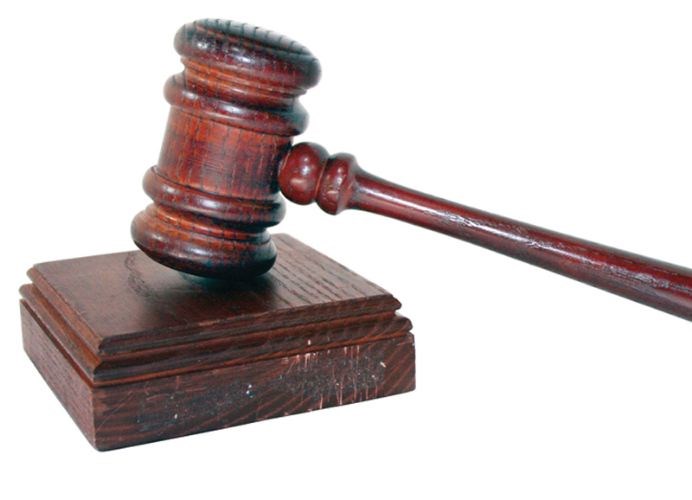A man has been ordered to pay nearly $20,000, largely for the cost of renovations, after a Prince George provincial court judge found he covered up fire damage before selling a home.
In reaching her decision, Judge Shannon Keyes also found Mohinder Bining altered a disclosure statement to show the purchaser has bought the house "as is, where is" and, while on the witness stand, had contradicted himself and witnesses who had testified on his behalf.
Bining had bought the home at 1601 Fir St. in September 2010 for $129,000 and, after extensive renovations over the following four weeks, put it back on the market for $189,000.
Anthony Zammit bought the home in April 2013 because it had a basement suite that he could rent out while he and his girlfriend lived upstairs.
About a week after taking possession, he start renovating the basement and, when he removed drywall from the ceiling, discovered the joists throughout much of the level had been burned.
Contending the damage rendered the property dangerous, Zammit took photos, got a report from a structural engineer and an estimate from a home renovator and then took Bining to court.
Bining claimed he was unaware of any fire damage when he sold it to Zammit, although he admitted to renovating the house before making the sale.
Bining also claimed no drywall was ever removed from the basement ceiling. But among the evidence presented at the trial was drywall Zammit had uncovered from that area with a packing slip label stuck to the back. It showed Bining's name and a date corresponding to when he carried out the renovations prior to selling the home to Zammit.
Bining also testified he was not there when a worker removed ceiling drywall to install ductwork for a new bathroom but Keyes found that was inconsistent with evidence given by the workers who testified.
"Since he was present, he must have been aware of the obvious fire damage to the basement of the house. There is no other rational conclusion," Keyes said in a reasons for judgment issued last week.
Regarding the disclosure statement, Keyes noted that only Bining's copy showed a diagonal line through a section asking if the owner was aware of any damage due to wind, fire or water. The section included phrases "does not know," and "does not apply" blocked in on the form.
Bining argued the home was sold "as is, where is," but Keyes questioned why the answers were filled out in the first place if that was the case. Noting Zammit's copy did not show the section crossed out, Keyes concluded Bining took the step when he executed the document after Zammit faxed it to him.
"I further infer that he did so in an attempt to avoid liability for his false answer to the question about fire damage on the disclosure form," Keyes said.
The real estate agent who sold the home to Bining described it to the court as a "hovel" but was unaware of any fire damage because she needed a hip replacement and could not go into the basement.
Her daughter and business partner testified she showed the basement to Bining but they used flashlights because the power had been cut off. Bining disputed that, saying the lights were on and the ceiling was covered entirely in drywall.
But Keyes found Bining to be an "utterly unreliable witness."
Bining was ordered to pay Zammit $17,952.85 plus 10 per cent of the value of the claim for a total of $19,748.14 plus filing and service fees and prejudgment interest.



